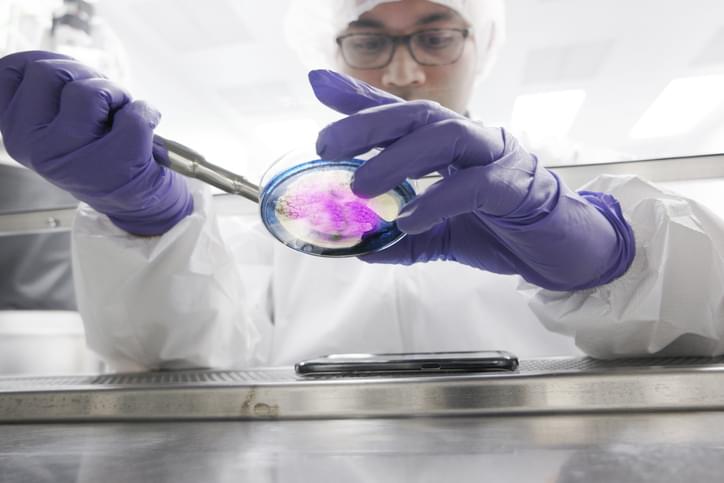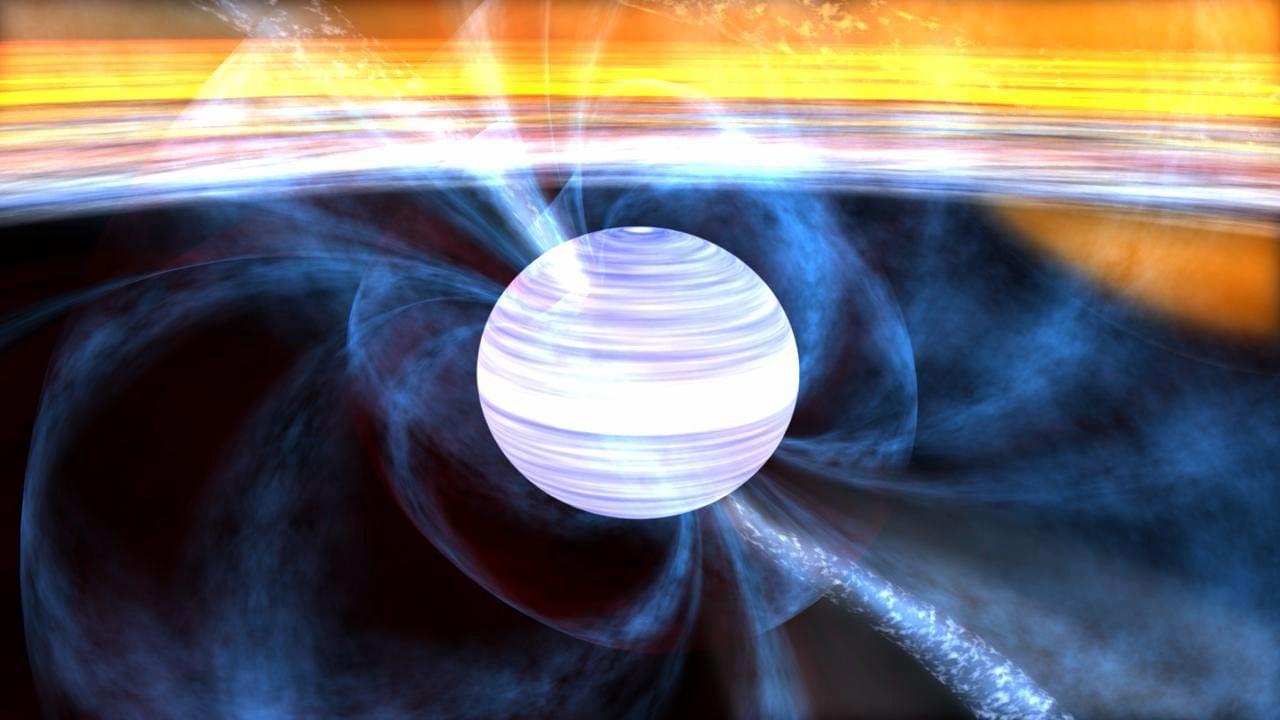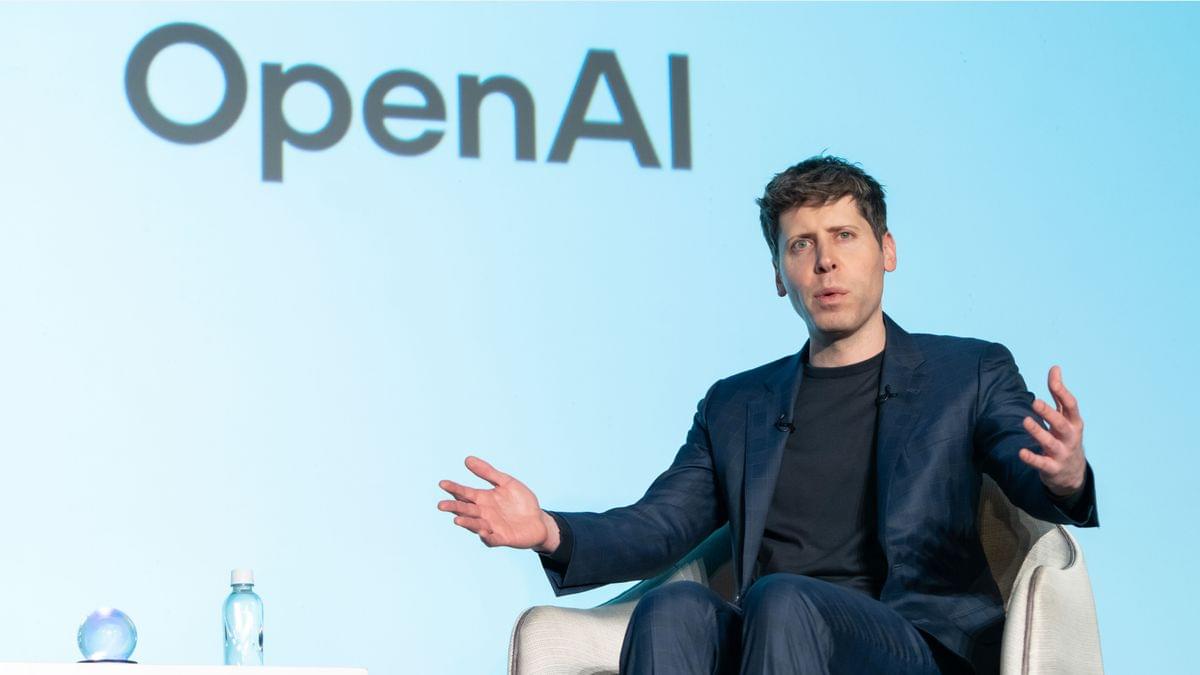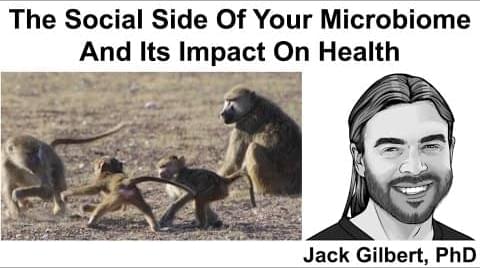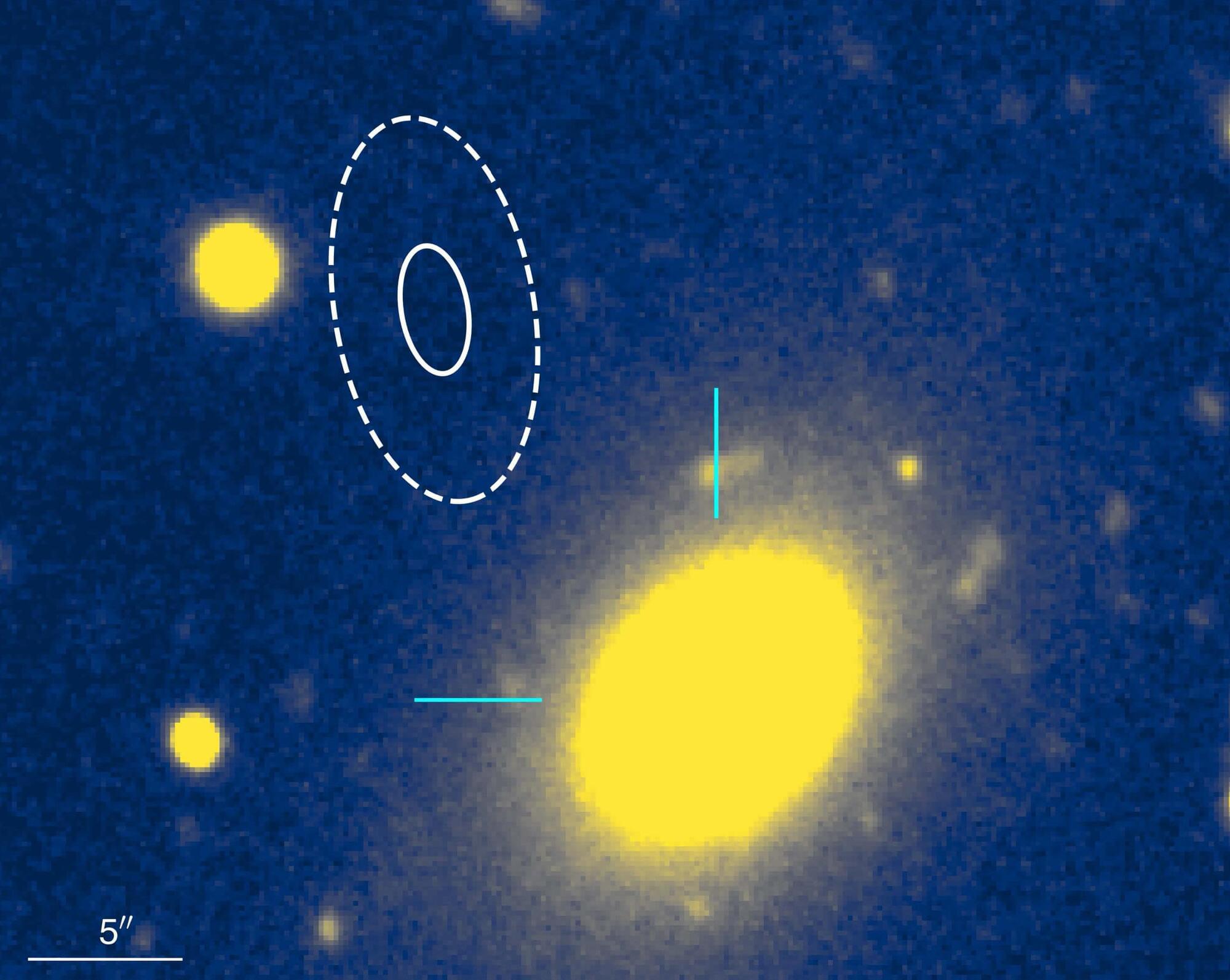Despite today’s AI-driven tools for modeling a bioprocess and a host of sensors to track the progress of a bioprocess in action, an expert’s hand still plays a key role in making protein-based drugs. As Hiller put it: “The science (or art!) of preparing very concentrated feed mixtures often relies on the careful order of addition of chemicals, manipulation of pH (up and down) and temperature, and separate preparation of certain concentrated solutions before addition to the bulk feed mixture.”
Culturing cells always included some art, with a bit of superstition thrown in the mix. When I worked in a cell-culture lab in the early 1980s, there were rumors of cells dying when an incubator was moved from one side of a room to another. So people rarely moved anything. Plus, if the media included horse serum, scientists shuddered if a batch came from a different herd. Maybe some of the superstition disappeared over the decades, but some of the art remains, as Hiller confirmed.
Still, science underlies the ongoing attempt to replicate a cell’s natural environment during a bioprocess. Instead of just putting the cells in a vat filled with medium, which is the essence of batch processing, perfusion can add nutrients and remove waste. As Hiller noted, perfusion culture “is somewhat analogous to the processes that occur for cells within an organ in the body.”
